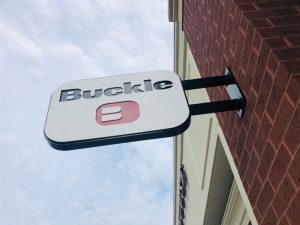
When the market sells off dramatically, as it did in April 2025, it can be hard to see the silver lining. And indeed, if all your money is invested in aggressive stocks, losing 20% or more of your account value in a few weeks can be tough to swallow. But if you are an income investor with some investable cash on hand, a market selloff can actually translate to a boost in income.
How’s that possible? Read on to learn how it all works.
Learn More: 5 Cities You Need To Consider If You’re Retiring in 2025
When stock share prices fall — all other things being equal — dividend yields rise. This doesn’t affect the amount you’ll receive if you already own a stock, but if you’re just getting into the market, or if you have some additional investable capital, you can take advantage of the new, higher yield.
Here’s an example. Imagine Stock ABC trades at $100 per share and pays a $4 per share annual dividend. That gives the stock a dividend yield of 4%.
Say the stock falls 20% in a market selloff. That means it would trade at $80 per share. But the company would still be paying that same $4 per share dividend. That boosts its yield for new purchasers to 5%.
Advertisement: High Yield Savings Offers
If you’ve been waiting to get into the market, or if you have more money to invest, this means that the market drawdown actually works to your advantage. That 20% selloff in the stock translates to a 20% boost to your income. Instead of having to pay $10,000 to earn $400 in annual income, now you’ll just need $8,000 to earn that same $400.
Read Next: How To Turn $100K Into a Million: Your Step-by-Step Guide
Some investors are fully invested at all times, meaning they are 100% allocated to various assets and don’t have any cash reserves on hand. This makes it harder to generate more passive income during a market downturn, as you can’t simply pick up additional shares at lower prices (and higher dividend yields).
However, there’s still a way to potentially boost your income. Most companies and/or brokerage firms now allow the reinvestment of dividends into additional fractional shares of stock. Here’s how it works.
Imagine you own 100 shares of the same Stock ABC. With a $4 per share annual dividend, you’ll receive $100 per quarter in passive income. If you receive that quarterly payout after the stock has fallen to $80 per share, you’ll pick up an additional 1.25 share, increasing your income by $5 per year.


